10 landscapers from all times that make this quote true…
Landscapers transform regular areas into earthly paradises and here is our list of 10 people who know how to work with live elements in order to modify physical and psychic features in a space, encouraging us to live outdoors.
1. Andre Le Notre, Louis 14th’s Parisian landscaper and designer of numerous parcels with geometric forms, which would later be known as French style. He was capable of transforming a swamp into symmetrical gardens. By the way, we can enjoy some of his work in the movie A Little Chaos.
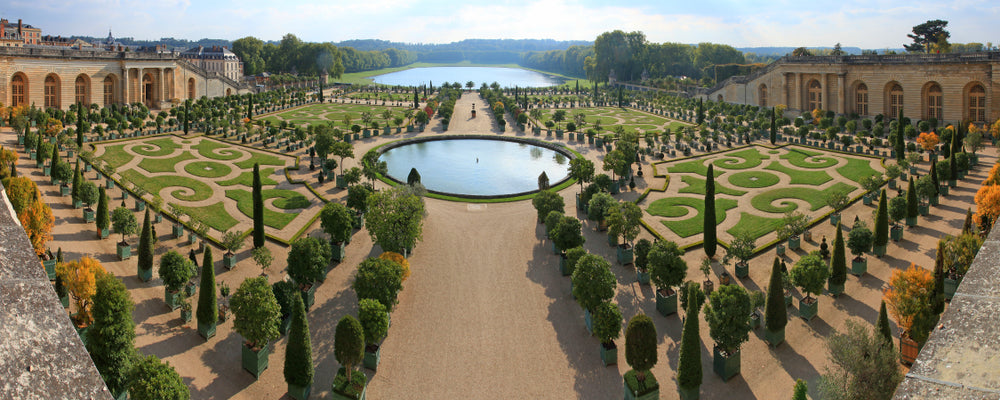
To him, the keys to carry out his profession as gardener (as he chooses to be called) in a good manner, are to be able to wait, observe, and finally, translate into space.
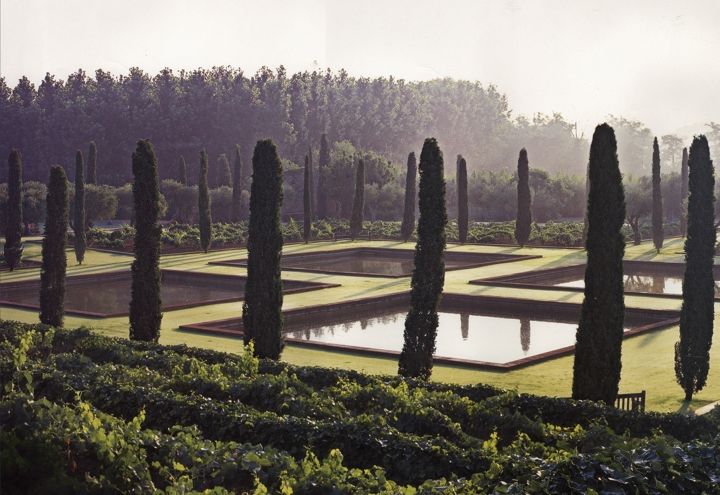
3. Frederick Law Olmsted, the garden divulger, with whom we take another trip through time and reach the early 1800’s, at the beginning of Modern Landscaping. We owe this American journalist, botanist, and landscaper Central Park’s design in New York (he entered a competition to carry out this project and won). His works have been directed to support the democratization of elegant outdoor spaces and as other examples we have the Niagara Falls Reserve and the Capitol Gardens in Washington.

el paisajista inglés que nos trae lo que queremos ver del futuro; la mayoría de sus trabajos se encuentran en Estados Unidos, reacondiciona espacios para convertirlos en topografías dinámicas que se transforman en centros para la comunidad, entre sus diseños más destacados está el High Line en Manhattan (el parque en las alturas de con la filosofía Keep it Simple, Keep it Wild, Keep it Quiet y Keep it Slow).) y el Tongva Park en Santa Mónica.British landscaper who brings us what we want to see in the future; most of his work is in the United States, he reconditions spaces to turn them into dynamic topographies, which transform into community centers. Among his most outstanding designs are the High Line in Manhattan (park in the heights with the “keep it simple, keep it wild, keep it quiet, keep it slow” philosophy) and the Tongva Park in Santa Monica.

5. Jesús Ibáñez, mountaineer and landscaper for golf courses, luxury hotels across the world, and great corporate offices. Some of his designs include the gardens of Santo Mauro in Madrid, Bab al Sham in the entryway to Dubai, and now his main destination is Mexico (Valle de Bravo and Mexico City). This Spanish man has stated several times that there is nothing he enjoys more than nature’s own order and he respects it, according to the area where his projects are developed, always working in coherence with the place.
 6. Ma Yansong, promoter of “Shanshui City”, philosophy that consists in building human developments that combine the density of the city, functionality, and the natural landscape’s artistic conception, to bring nature to cities and keep an emotional and harmonious relationship with it. This young Pekingese has designed landscapes mainly in Asia, like the futuristic sports campus of Quzhou and the Chaoyang Park Plaza complex, which pretends to be an extension of the park in the city of Beijing.
6. Ma Yansong, promoter of “Shanshui City”, philosophy that consists in building human developments that combine the density of the city, functionality, and the natural landscape’s artistic conception, to bring nature to cities and keep an emotional and harmonious relationship with it. This young Pekingese has designed landscapes mainly in Asia, like the futuristic sports campus of Quzhou and the Chaoyang Park Plaza complex, which pretends to be an extension of the park in the city of Beijing.
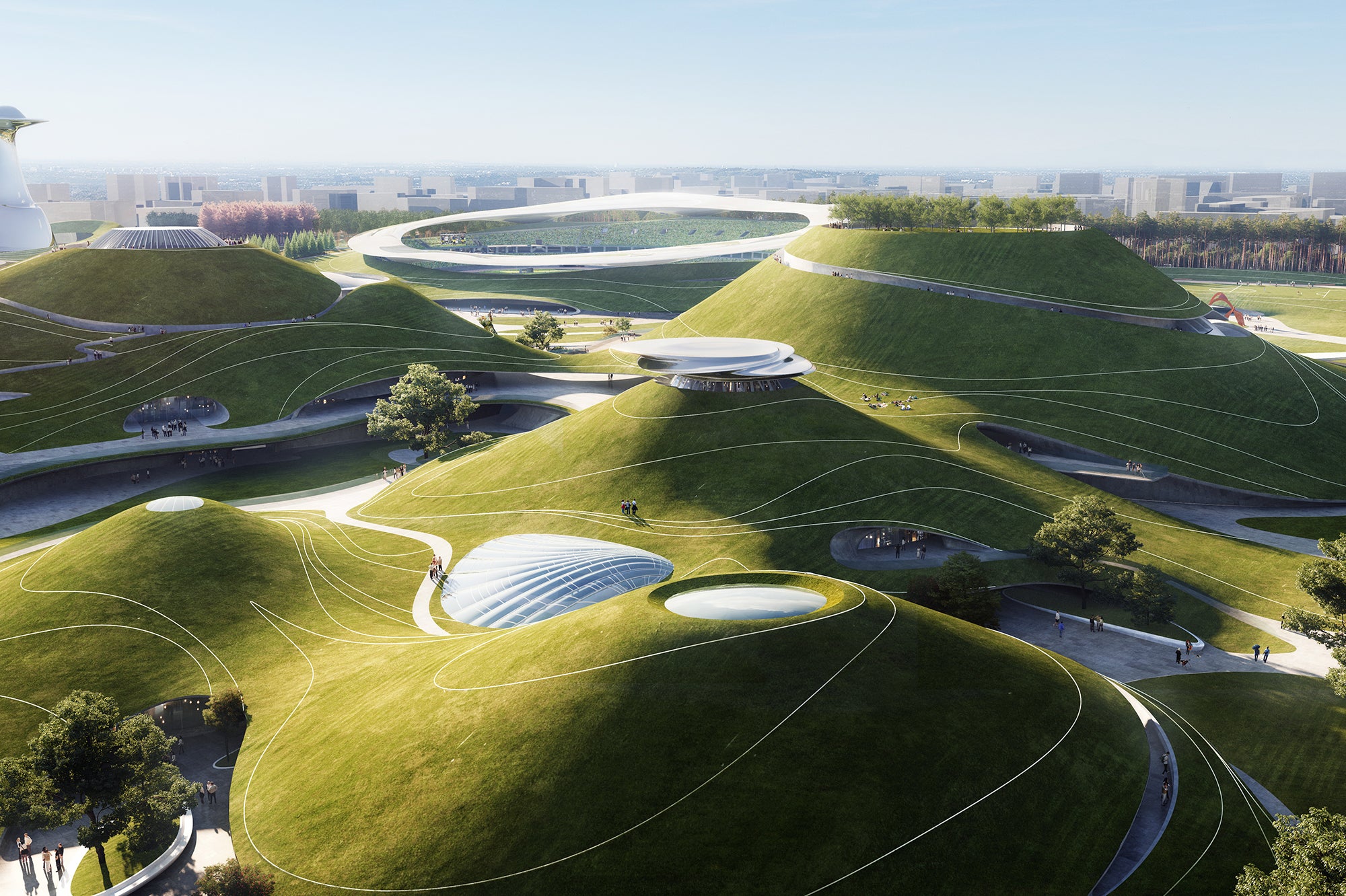
7. Mario Schjetnan. Our Mexican landscaper, who has been in charge of some public projects like the rehabilitation of Chapultepec, Xochimilco eco park, Parque Bicentenario (over polluted soil from Azcapotzalco’s former refinery), and Parque La Mexicana in Santa Fe (former gravel and sand mine). Thank you! He seeks that every project is human, sustainable, aesthetic, and viable.
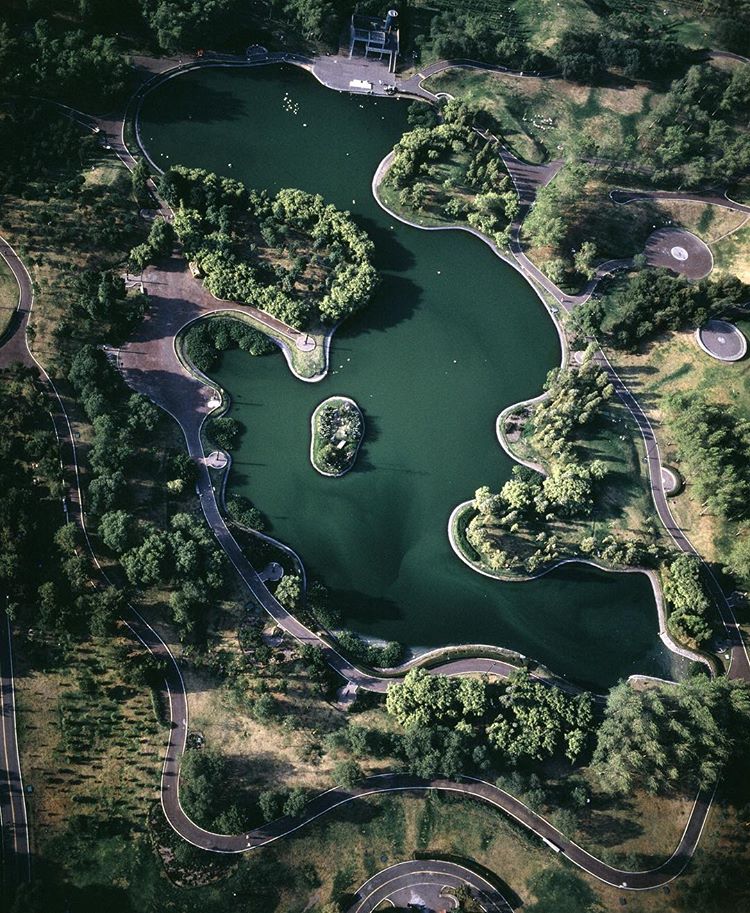
8. Martha Schwartz and her graphic design. She is an American artist and landscaper who matches gardens with contemporary art. She sees urban landscapes as tools to interconnect people and considers that the understanding of social behavior is essential, and should be included in the planning and designing processes, in order to build spaces where people can operate. Among her works are Grand Canal Square in Dublin and Yorkville Park in Toronto or Nouvelle at Natick Massachusetts. 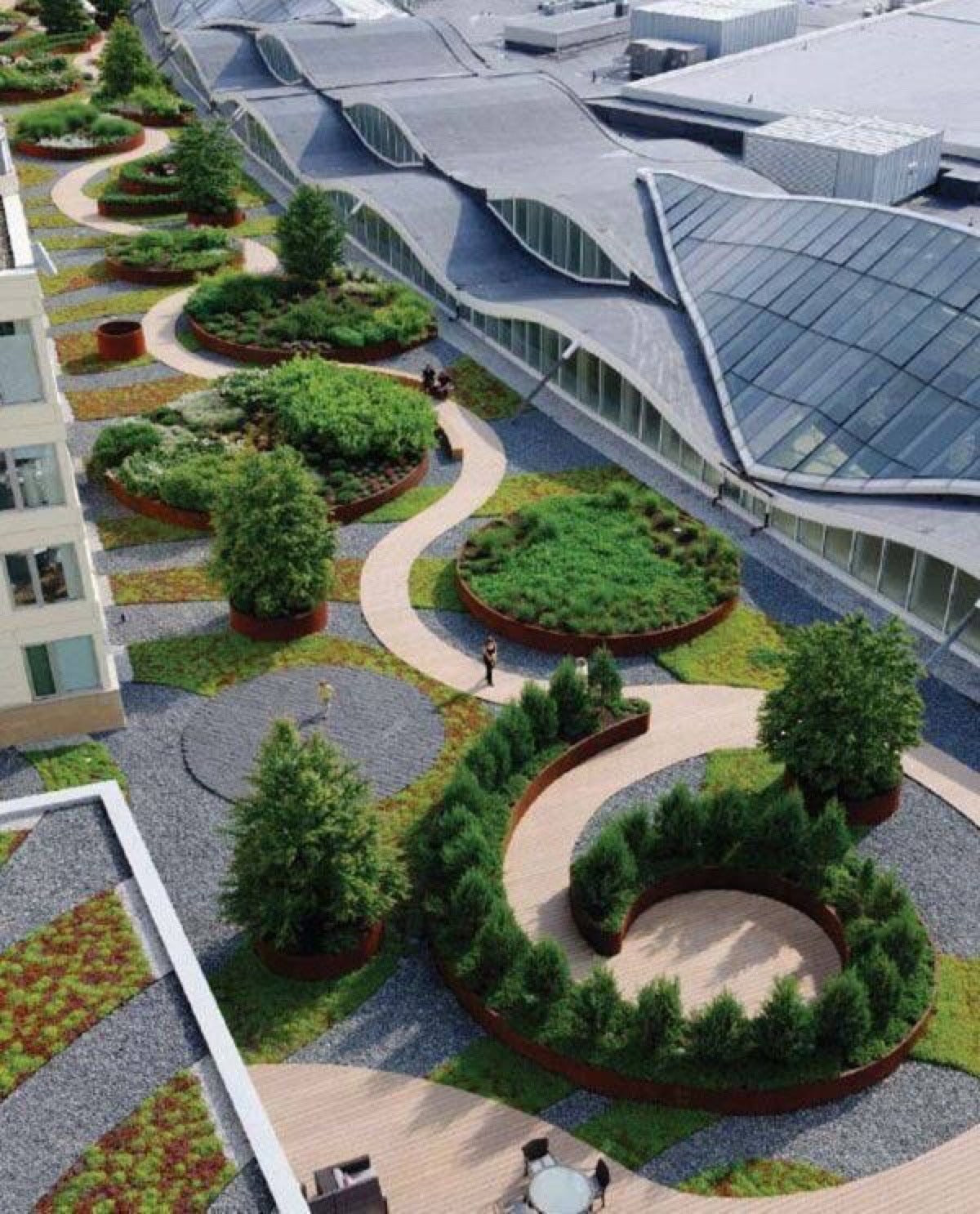 9. Patrick Blanc and his vertical gardens. This green-haired Parisian botanist is the inventor of a system to build vertical walls. The lack of vegetation in the big cities led him to think about the possibility to create gardened spaces to take over building facades, and so his projects can be seen in places like Galeries Lafayette in Berlin, Caixa Forum in Madrid, or the French embassy in New Delhi.
9. Patrick Blanc and his vertical gardens. This green-haired Parisian botanist is the inventor of a system to build vertical walls. The lack of vegetation in the big cities led him to think about the possibility to create gardened spaces to take over building facades, and so his projects can be seen in places like Galeries Lafayette in Berlin, Caixa Forum in Madrid, or the French embassy in New Delhi.

10. Piet Oudolf and his wild style with landscapes that take us to Monet’s gardens. This Dutch landscaper, precursor of the “New Naturalism”, uses herbs, plants, and grasses to bring spontaneity and wildness to his gardens. His intention is for his projects to look good all throughout the year; for him, a garden is not a landscape to be observed, rather than a constantly changing dynamic process. One of his many works is Il Giardino delle Vergini in Venice, he also has credit for some sections of New York’s High Line.
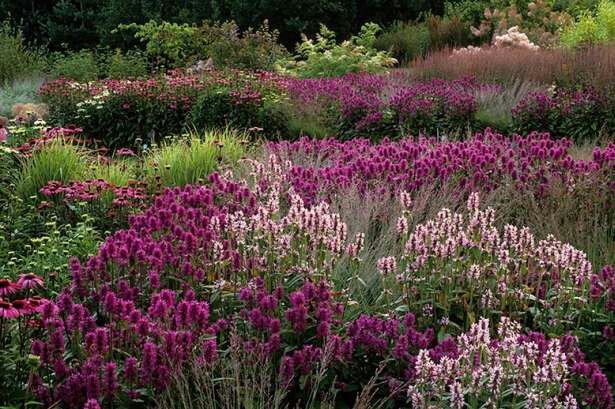
These landscapers bring pieces of nature to our urban world and allow us, from the comfort of our lives, to please and calm our minds through the contemplation of a landscape.
Personally, it strikes me that all of them have known how to work in spaces with the perspective of time, perhaps the most important tool for the trade.
*Ferdinand Bac


